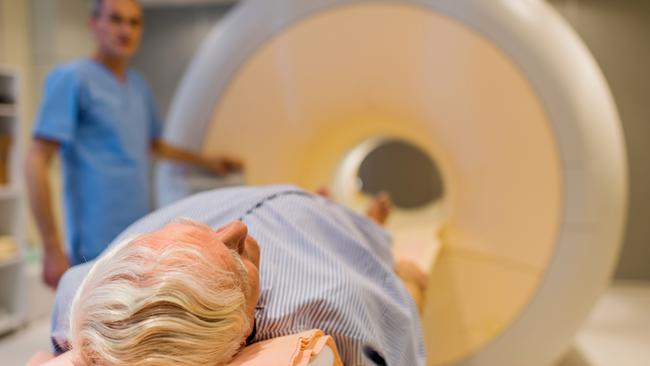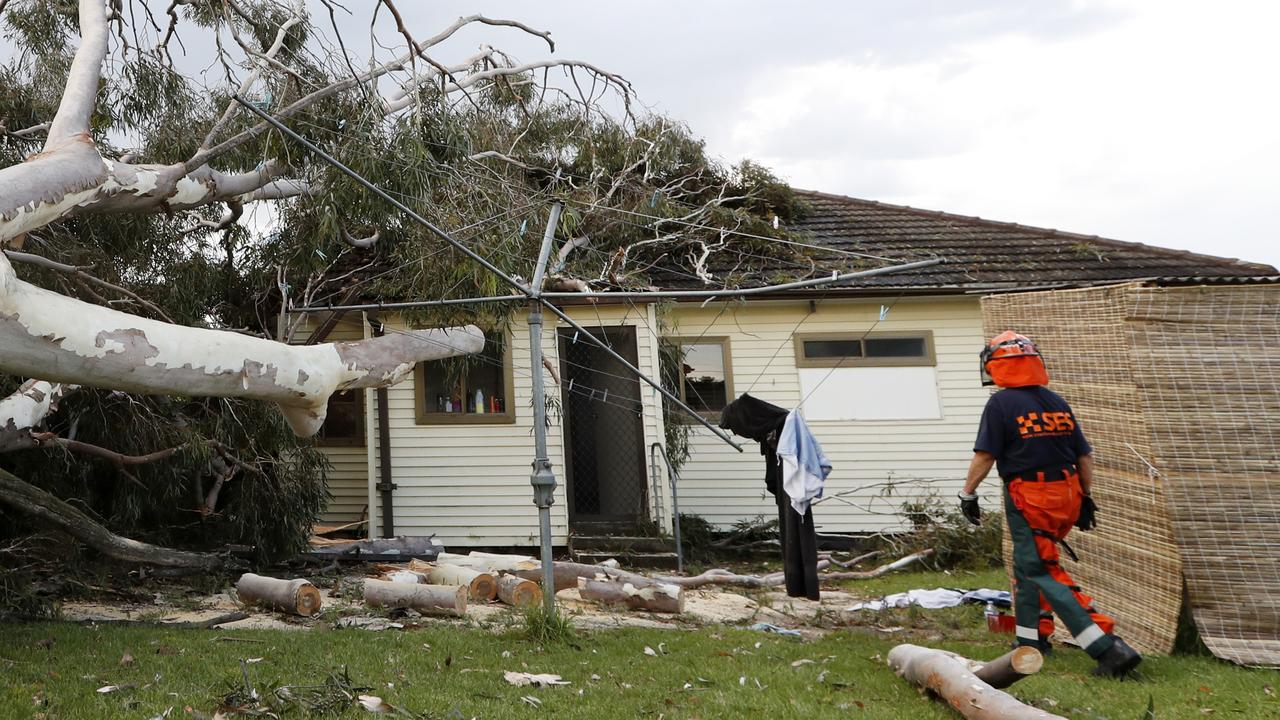AI will expand the work of radiologists, not replace them
Recent advances in artificial intelligence have led to speculation AI might one day replace human radiologists.

Recent advances in artificial intelligence have led to speculation AI might replace human radiologists one day. Researchers have developed deep learning neural networks that can identify pathologies in radiological images such as bone fractures and potentially cancerous lesions, in some cases more reliably than an average radiologist. For the most part, though, the best AI systems are on par with human performance and are used only in research settings.
That said, deep learning is rapidly advancing, and it is a much better technology than previous approaches to medical image analysis. This portends a future in which AI plays an important role in radiology. What does this mean for radiologists? We’re confident most radiologists will continue to have jobs in the decades to come — jobs that will be altered and enhanced by AI. We see several reasons radiologists won’t disappear from the labour force.
First, radiologists do more than read and interpret images. Like other AI systems, radiology AI systems perform single tasks. For example, the deep learning models we previously mentioned are trained for image recognition, such as detecting a nodule on a chest CAT scan or a haemorrhage on a brain MRI. But thousands of such recognition tasks are necessary to identify all potential findings in medical images, and only a few of these can be done by AI today. Furthermore, image interpretation represents just one set of tasks that radiologists perform.
Radiologists also consult with other physicians, treat diseases, perform image-guided medical interventions, relate findings to other medical records and discuss procedures with patients, among other activities. Even if AI were to take over image reading, most radiologists would turn their focus to these other essential activities.
Second, clinical processes for employing AI-based image work are a long way from being ready for daily use. Even among deep learning-based nodule detectors that are approved by the US Food and Drug Administration, there were different priorities: the probability of a lesion, the chances of cancer, a nodule’s location. These distinct focuses make it very difficult to embed deep learning systems into current clinical practice.
Third, deep learning algorithms for image recognition must be trained on “labelled data”. In radiology, this means images from patients who have received a definitive diagnosis of cancer, a broken bone or other illness. In other types of image recognition where deep learning has achieved success, AI has been trained on millions of labelled images, such as cat photos on the internet. But there is no aggregated repository of radiology images. They are owned by vendors, physicians and patients, and collecting enough data for AI training will be challenging and time-consuming.
Finally, changes will be required in medical regulation and health insurance for automated image analysis to take off. Who’s responsible, for example, if a machine misdiagnoses a cancer case — the physician, the hospital, the imaging technology vendor or the data scientist who created the algorithm? And how will healthcare payers reimburse an AI diagnosis? All these issues need to be worked out, and it’s unlikely that they will see fast progress. AI radiology machines may need to become substantially better than human radiologists — not just as good — to drive regulatory and health insurance changes.
Thomas H. Davenport is the president’s distinguished professor in management and information technology at Babson College. Keith J. Dreyer is vice-chairman of radiology and chief data science officer at Massachusetts General Hospital.
Harvard Business Review


